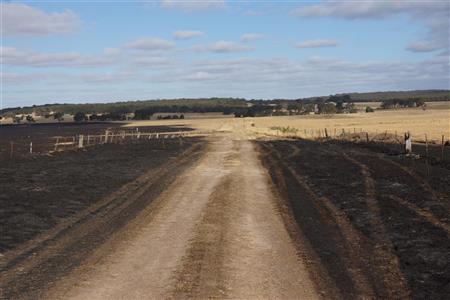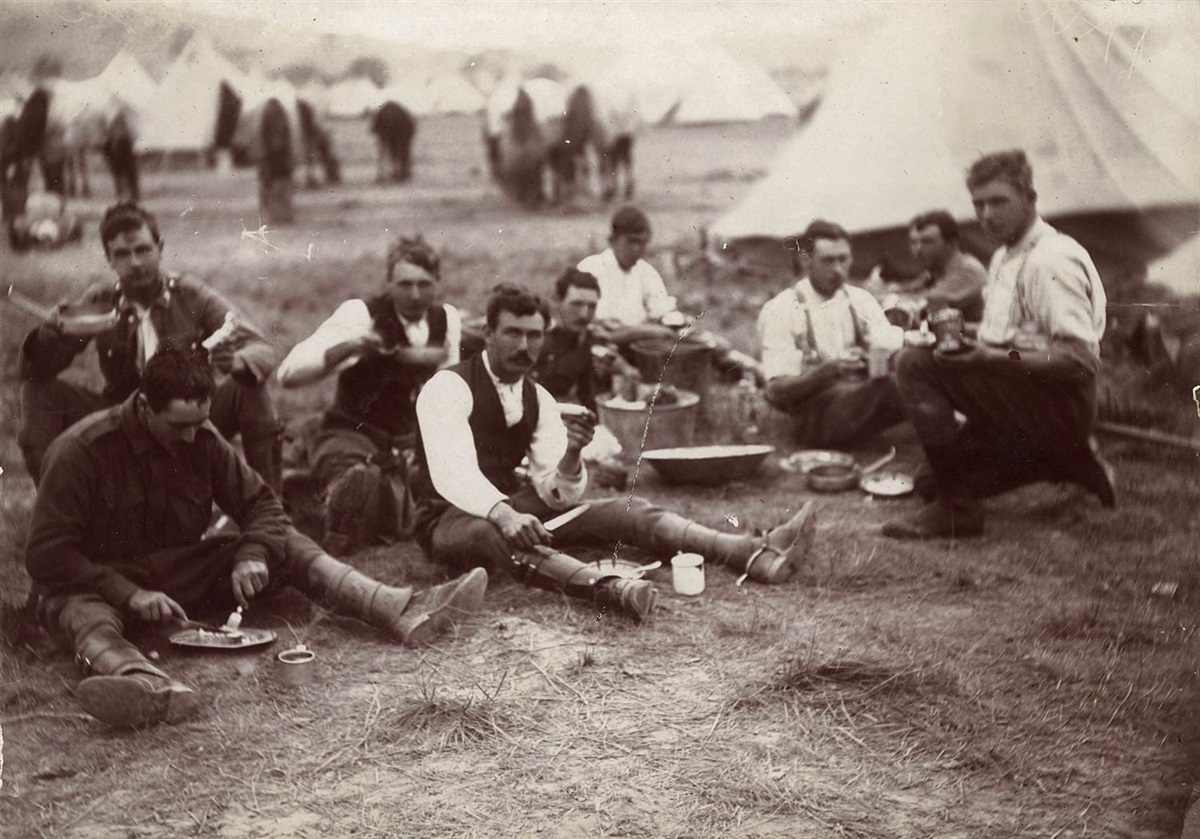DOC is planning a large-scale pest control operation using cereal baits containing the pesticide sodium fluoroacetate (known as 1080). The baits will be applied by helicopter across approximately 30,000 ha of the ranges this spring.
The pest control is needed to protect at-risk birds from a predator plague. Monitoring has shown rodent numbers in the Northern Ruahine have skyrocketed this year. In May 2018, only 1% of tracking tunnels showed signs of rats; this exploded to 61% in May this year and the numbers are still climbing – in August it was up to 74%.
“We know a plague of hungry predators are coming for our taonga species. We’re planning to carry out pest control to give at-risk species a fighting chance this breeding season,” says Moana Smith-Dunlop, DOC Manawatu’s Operations Manager.
The predator plague is the result of a heavy seeding or ‘mega-mast’ that occurred in forests throughout New Zealand last summer. Beech trees produced an extreme abundance of seed. This food bonanza causes rodent numbers to explode. Once the seed has rotted or germinated, the rats will turn to eggs and nestling birds as an alternative meal. High rat numbers also cause stoat populations to increase.
Without predator control, many of our native species, including whio (blue duck), North Island brown kiwi and toutouwai (North Island robin), will suffer heavy losses.
Whio are river specialists, found only in the clean, fast-flowing rivers of backcountry New Zealand. Sadly, there are less than 3,000 whio remaining. In the North Island, Ruahine whio are the southern-most remaining population. Whio nest in the same areas where stoats commonly feed. Stoats sniff out and attack females on the nest, steal eggs, and take young ducklings from the river’s edge.
Kiwi are an icon in New Zealand, a symbol of the uniqueness of our wildlife and the value of our natural heritage. Stoats are responsible for approximately half of kiwi chick deaths on the mainland.
Toutouwai are friendly forest birds that were once common throughout Aotearoa, but habitat loss and predation has seen their range and population contract. The Ruahine robins have become the southern-most remaining natural population of toutouwai on the mainland. Unfortunately, eggs, nestlings, fledglings and nesting females are very vulnerable to predation from rats, stoats, possums and feral cats.
“A community-led stoat trapping network in the Northern Ruahine makes a valuable contribution to protecting vulnerable native species but is inadequate on its own to deal with the scale of damage we’re likely to see in the Northern Ruahine forest this year,” Smith-Dunlop says.
Aerial application of biodegradable 1080 is the only tool we have currently that can quickly and effectively knock down rodents and mustelids over large, remote areas after a beech mast. “We hope that the planned aerial application of 1080, along with continued trapping efforts, will turn what would have been a disastrous summer into a success story for our native species this year,” says Smith-Dunlop.
In the planning of this operation, DOC has worked closely with iwi, neighbouring landowners and key stakeholders. Warning signs will be put up at all access points around the treatment area and affected parties will be contacted before the operation begins. DOC complies with all relevant regulations and takes a precautionary approach to the aerial application of pesticides.
Background information
DOC’s Tiakina Ngā Manu predator control programme uses aerially applied 1080 toxin and large-scale trapping to protect native birds, bats, frogs, lizards and giant land snails at the most important conservation sites across the country.
This year’s programme, over about 900,000 ha, is well underway in response to this year’s exceptional forest mast (seeding), which is the biggest in more than 40 years.








